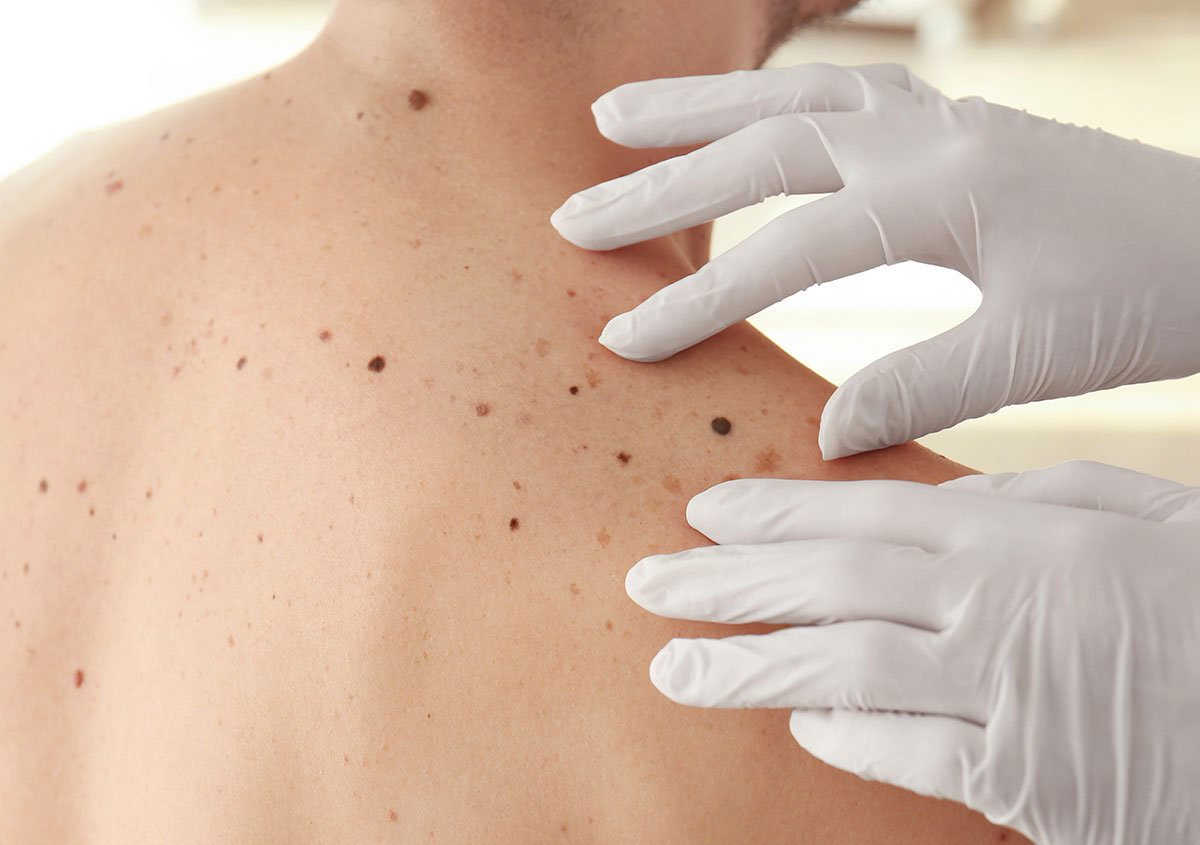
31
Jul
Skin Cancer Surgery: What to Expect

If you have received a diagnosis of skin cancer, you will most likely need skin cancer surgery. With this surgery, your dermatologist will surgically remove the cancerous skin tissue from your body. Thanks to modern technology, intraoperative frozen sections now make skin cancer surgery more precise than ever and give you the best chance of becoming cancer free.
Preparing for Your Surgery
Most of the time, skin cancer surgery is done on an outpatient basis. The laboratory will be nearby so that the tissue can be examined immediately after it has been removed (rather than hours or days later). Depending on the location of the tumor on your body, you may need to change into a dressing gown. The area of skin that will be operated on will be cleansed and marked with a special pen. Local anesthesia will be injected to numb the tissue so that you won’t feel anything during the procedure. Once the local anesthesia has taken effect, your dermatologist will begin the procedure.
The Surgery
With the skin now completely numbed, the surgeon will use a scalpel to surgically remove a small section or layer of the cancerous skin growth. The removed tissue will be marked with ink at the margins for evaluation, then rapidly frozen. Next a dermatopathologist, which is a highly trained specialist in skin disorders, will examine the frozen tissue section under a microscope in the nearby laboratory.
The mid-surgical examination of the frozen tissue by the dermatopathologist provides an instant answer to the question of whether any cancerous skin cells remain. If cancer is still present, additional sections of tissue will in turn be removed, dyed, frozen, and evaluated. This process repeats until the dermatopathologist confirms that no more cancerous skin cells remain.
Once it is concluded that the cancer has been fully removed, the surgical site will be closed. Depending on how much tissue was removed, the wound may be allowed to heal on its own, closed with stitches, covered with a skin flap using adjacent skin, or covered with a skin graft from another part of the body (usually from an inconspicuous area such as behind the ear).
What if the Skin Cancer Has Metastasized?
If it is suspected that your skin cancer has metastasized (spread to other areas), surgery with frozen section can help to confirm this. If this is the case, once confirmation is given, the surgery may be stopped and a more conservative treatment may be recommended.
After Your Surgery
After the procedure, your surgical wound will be bandaged. You will be given aftercare instructions and allowed to return home. Your surgeon will also discuss with you any skin care maintenance and sun protection that will be necessary during the healing process. Follow-up appointments will be scheduled to monitor your case and make sure that no other signs of skin cancer are found.
How Successful is Skin Cancer Surgery?
Skin cancer surgery with frozen intraoperative sections has an extremely high success rate. However, follow-up exams are still necessary to ensure that no cancer was missed. Additional follow-ups and comprehensive skin evaluations are usually recommended approximately every 6 months, as people diagnosed with skin cancer have a higher risk of developing skin cancer again.
Because a dermatopathologist can examine the frozen intraoperative sections mid-surgery, this surgical approach has some major benefits. One of these is that you do not have to wait for your results – your dermatopathologist and surgeon will confirm that you are cancer free even before you return home after surgery. Another benefit is that there is no guesswork. Without intraoperative frozen sections, the surgeon may unintentionally fail to remove all the cancerous cells, or the surgeon may remove too much healthy tissue and cause poor aesthetic results. Frozen sections help the skin cancer surgeon avoid these mistakes and remove only and all that is necessary with the best aesthetic result.
Skin cancer surgery with frozen intraoperative sections is often the treatment of choice for people diagnosed with skin cancer. Board-certified dermatologist Dr. Brandon Kirsch has performed this procedure on countless patients in need of fast and reliable skin cancer treatment. To learn more, call (239) 300-9767 or contact Kirsch Dermatology online today.

